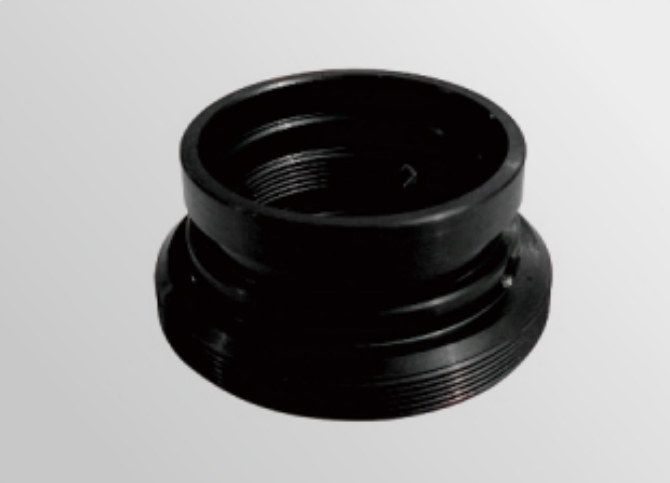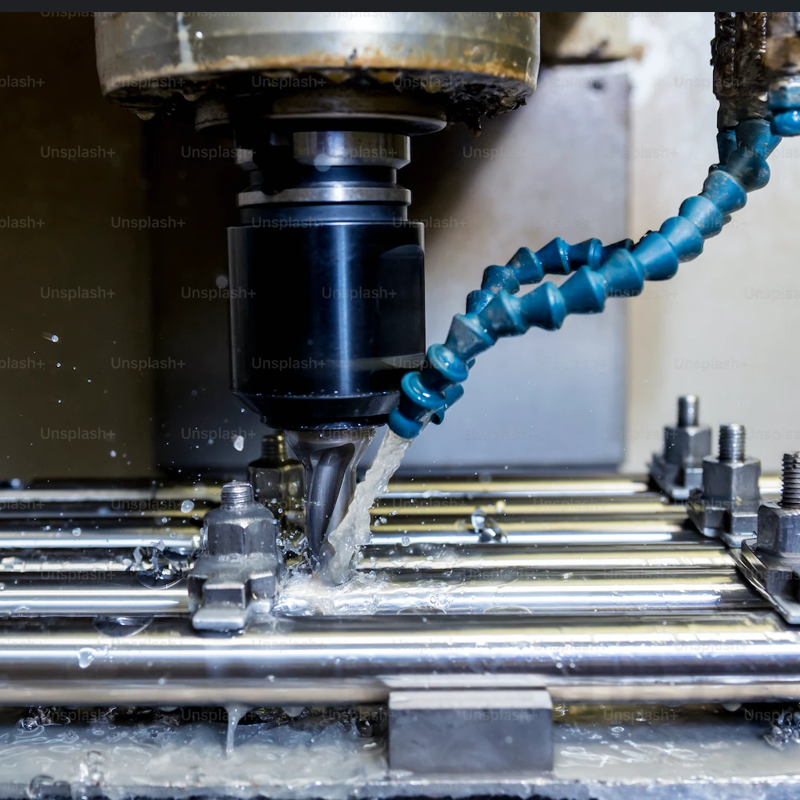In the rapid development of high-tech industries, computer numerical control (CNC) processing technology of optical precision parts plays a vital role. From medical devices to communication systems, to aerospace and defense, high-quality processing of optical precision parts is the core of driving innovation in these industries. This article will explore the basic concepts, technical characteristics, and application areas of CNC processing of optical precision parts in depth, and discuss the current technological innovations and market challenges. Finally, it will focus on the key technologies and methods to ensure the quality of optical precision parts during CNC processing.
1. Overview of CNC machining of optical precision components
CNC machining of optical precision parts is an important part of modern manufacturing technology. It uses computer numerical control technology to achieve high-precision and high-efficiency manufacturing of optical parts. This machining method is valued for its excellent precision control, complex shape processing capabilities, and adaptability to a variety of optical materials. CNC machining can accurately manufacture non-standard and complex optical part geometries, such as aspheric lenses and microstructured optical elements, to meet special optical needs.
2. Application of optical precision components
In the fields of communications, medical equipment, aerospace, etc., the application of optical precision parts is crucial. Optical elements in fiber-optic communication systems, precise lenses in laser surgical equipment, and key optical components in reconnaissance and navigation systems all rely on high-precision CNC processing technology.
Communications Industry
In the communications industry, optical precision parts are one of the key technologies to achieve high-speed and high-capacity data transmission. In fiber-optic communication systems, optical components such as lenses, beam splitters, and reflectors ensure the effective transmission of optical signals with minimal loss. These parts must have extremely high precision and excellent optical performance to ensure the stability and efficiency of signal transmission. For example, precisely manufactured aspheric lenses can improve focusing and reduce signal distortion, thereby improving the communication quality of the entire system.

Medical equipment
In the medical field, optical precision parts are widely used in various diagnostic and therapeutic equipment. Laser surgical equipment relies on high-precision lenses to focus the laser beam to ensure the accuracy and safety of the operation. Imaging equipment such as endoscopes use high-quality optical components to provide clear in-vivo images to help doctors make accurate diagnoses. In addition, optical sensors also play an important role in monitoring patient vital signs and laboratory analysis instruments. These applications require extremely high precision and reliability of optical parts to ensure the performance of medical equipment and the safety of patients.
Aerospace
In the aerospace field, optical precision parts are essential components for high-precision detection, navigation and communication. In satellite imaging systems, high-performance lenses and reflectors are key to obtaining high-resolution images of the ground. At the same time, optical sensors on aerospace vehicles are used to collect data from outer space to support scientific research and environmental monitoring. In addition, laser communication systems between spacecraft require extremely precise optical parts to ensure clear signal transmission. These application environments are extreme and require extremely high equipment reliability, so the quality and precision of optical parts are critical to the performance of the entire system.
3. Optical precision parts CNC processing technology innovation and market challenges
With the development of global technology and changes in market demand, the field of optical precision parts CNC processing faces unprecedented innovation opportunities and severe challenges.
Technological innovation
Multi-axis machining technology: Multi-axis machining technology can be used to process parts from multiple directions at the same time, improving machining efficiency and precision.
Ultra-precision cutting and grinding technology: By using diamond tools and ultra-precision grinding technology, nanometer-level machining accuracy can be achieved.
Market Challenges
Cost Pressure: With the intensification of market competition, how to reduce costs while maintaining high-quality processing is a challenge faced by every manufacturer.
Fast-changing Demand: Technological advances and rapid changes in market demand require optical precision parts manufacturers to continuously adjust their product lines and processing technologies.

4. Key technologies and methods for quality control of optical precision parts processing
The following key technologies and methods are required to ensure the quality of optical precision parts during CNC processing:
Online measurement and feedback: Use the online measurement system to monitor the processing status in real time, adjust the processing parameters through a precise feedback mechanism, and ensure the processing accuracy.
Environmental control: Strictly control the temperature, humidity and cleanliness in the processing environment to prevent environmental factors from affecting the processing quality of optical parts.
Post-processing technology: Through fine polishing and coating technology, ensure that the surface quality and optical performance of optical parts meet the design requirements.
5. Rapid prototyping of optical precision parts
GPM optical precision parts customized solutions provide customers with one-stop optical parts manufacturing services through customized design, high-precision manufacturing, strict quality control, rapid prototyping and small batch production, adaptable material selection and global supply chain management, meeting the high-tech industry's strict requirements for optical parts accuracy and reliability. GPM customized solutions emphasize strict quality control throughout the production process. This includes precise quality monitoring at every stage from the selection of raw materials to the inspection of the final product. Welcome to consult us.
Post time: Aug-02-2024
